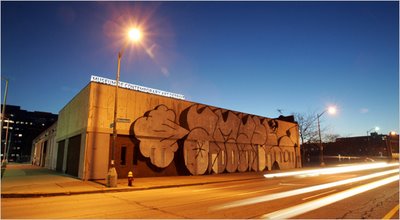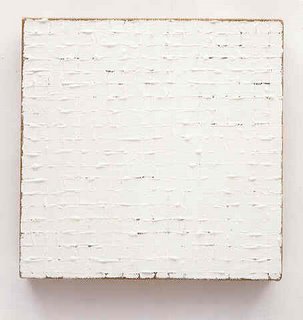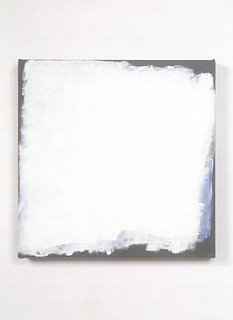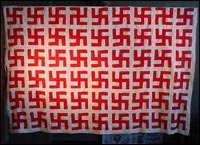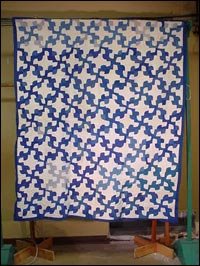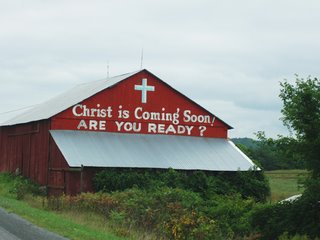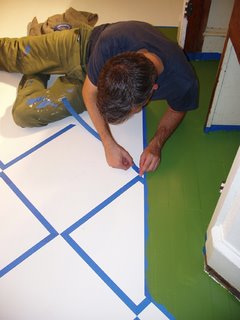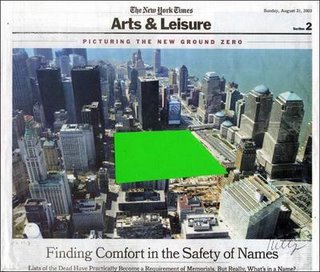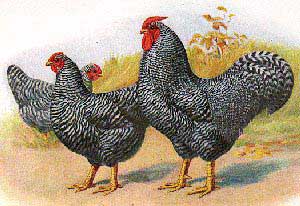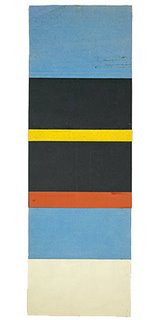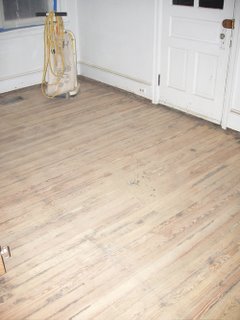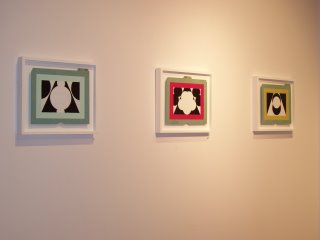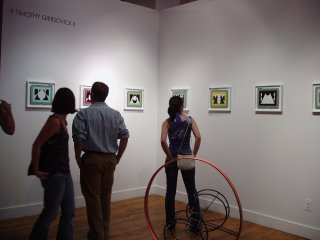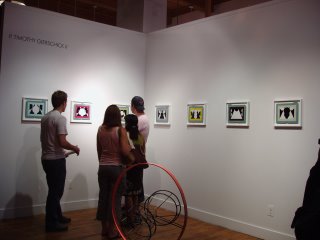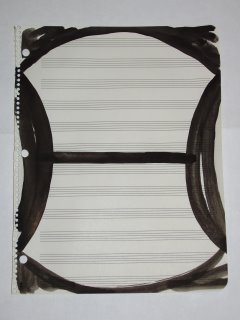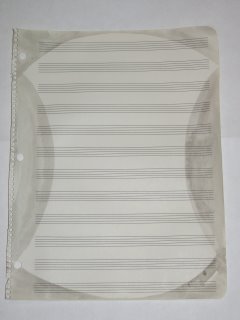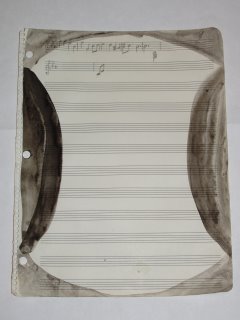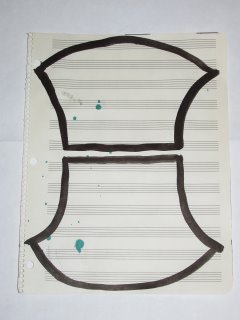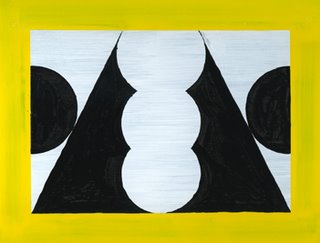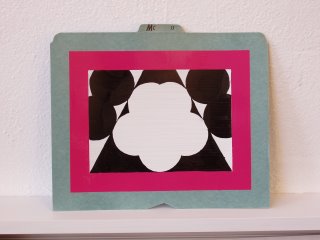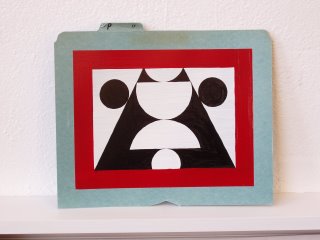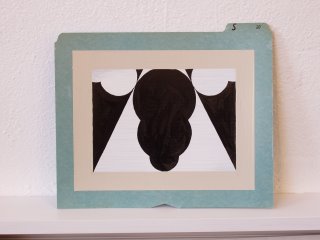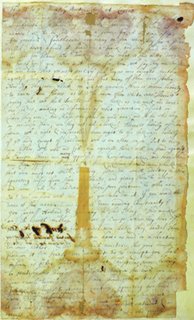An Open Letter to Israel:
Seeing as a small part of the missiles and bombs you are using against Hezbollah are paid for with my money – the tax dollars that I begrudgingly hand over to Caesar – I feel I have paid my blood-right to speak my true mind for once.
Regardless of who actually is, or who is seen as the initial aggressor in a conflict, once a counterattack has been made, it becomes irrelevant; a response in kind has been made, and the two parties’ involvement and culpability are then equal, insofar as blame.
Israel, because you have responded with seemingly the only ultimate language you know (ultimate, since it is always your eventual resort) – violence – this will inevitably cause the situation to be sucked into further violence, not to mention causing further shedding of innocent and uninvolved blood – blood which one of your journalists euphemized as “collateral damage”. This “damage” includes innocent Lebanese who happen to be in the path of fire, and are more vulnerable because they live in a weak democracy. Really, regardless of the target of your campaigns and sorties, which have been so numerous in your short existence as a country, you have never realized an important fact. In fact, only a small minority of humanity actually believes this truth – and it is truth, since there is overwhelming evidence for it – and an even smaller minority lives it out. That truth is this: in the face of even unprovoked aggression, there MUST BE AN ABSORPTION OF VIOLENCE. One of the involved parties must DECIDE to NOT RESPOND IN KIND. If there is not a decisive, unconditional cessation, on either side, then the ping-pong of reciprocating violence starts jettisoning once again, catching all kinds of unwitting victims in its path.
This of course, is a message you as a people and a nation have ignored repeatedly for millennia. Yeshua, a first-century CE prophet and teacher, proclaimed that you’d never really heeded the pantheon of prophets who’d been sent to you; so too, you’d ignore him, the King of Prophets, in your stiff-necked-ness. This was Yeshua’s message:
"You have heard that it was said, 'Eye for eye, and tooth for tooth.' But I tell you, do not resist an evil person. If someone strikes you on the right cheek, turn to him the other also.”
The apostle Paul expressed the truth this way:
“Do not repay anyone evil for evil. Be careful to do what is right in the eyes of everybody. If it is possible, as far as it depends on you, live at peace with everyone. Do not take revenge, my friends, but leave room for God's wrath, for it is written: ‘It is mine to avenge; I will repay,’ says the Lord. On the contrary: ‘If your enemy is hungry, feed him;
if he is thirsty, give him something to drink.
In doing this, you will heap burning coals on his head.’
Do not be overcome by evil, but overcome evil with good.”
Now, good has had many interpretations and permutations of content placed upon it, but we may reasonably assume that, based on the arc of Yeshua’s teachings, that this is the “greater” good: God’s good; a sacrificial good; that is, good for your enemy; the OTHER. But, I’m forgetting; you largely ignored and ultimately rejected Yeshua as both prophet and savior. Perhaps this is one reason for your difficulty in the world; your name, Israel, which means “struggles with God”, is indicative of what you’ve persisted in: struggling with God, the God of the Pentateuch, who has, for more than two thousand years, tried to show you that a new thing – a new wine – was being poured out on the people of God – you. But since, in several instances, you rejected him and his Son, you are still struggling with a God who is largely a shadow – he has long since, in the sense of theophany, become something more complex, and you are still wrestling with his ghost out in the desert.
Here is an invitation, however esoteric it may sound in my language: listen to your God; be still and know Him; look for a God who is more than Jehovah in the desert, but is now also Yeshua of the New Fire. Accept the OTHER, and begin the divestment of SELF. He himself said,
“Whoever finds his life will lose it, and whoever loses his life for my sake will find it.”
The gentile believer’s – and your – original conception of “righteous” doesn’t exist anymore, ultimately, except in evil permutations. What was right is now wrong; for those who so choose the path of Yeshua, and his call for absorption of evil:
“You have heard that it was said, 'Love your neighbor and hate your enemy.' But I tell you: Love your enemies and pray for those who persecute you, that you may be sons of your Father in heaven. He causes his sun to rise on the evil and the good, and sends rain on the righteous and the unrighteous.”
So, in this conflict with Lebanon, Syria and Hezbollah, try this: lay down your missile launchers, and stop. Just stop. And see what the response will be. And pray – pray that the tactic will so shock the aggressors that they stop in confusion – or whatever reason. Would your casualties really be that much more if you stopped bombing the OTHER – THEM? This path has largely been circumvented, but has yielded surprising results when followed. Try it, and see – absorb the violence; divest SELF; embrace the OTHER, no matter the stench, and stop. And see what happens. It may be then that you begin the end of your wrestling with Jehovah in the desert – and the Almighty God will give you a new name.
Read more...
 This afternoon, while nursing a cold at home by sticking to non-stressful chores, I took advantage of a warm afternoon and finally raked up the last of the sycamore leaves left from the tail-end of fall. One significantly large mound was by our back gate, where there is also a bed of peppermint planted. As I combed the rake over the pile and moved them towards the leaf bag, I detected a wonderful scent coming from the area of the mint. After identifying what sort of scent it was, and thinking about it for a moment, it occurred to me that the mint, being so agitated and disturbed by my rake, was in turn, wafting a pleasant smell. Out of its disturbance, so to speak, it was creating an appealing sensation.
This afternoon, while nursing a cold at home by sticking to non-stressful chores, I took advantage of a warm afternoon and finally raked up the last of the sycamore leaves left from the tail-end of fall. One significantly large mound was by our back gate, where there is also a bed of peppermint planted. As I combed the rake over the pile and moved them towards the leaf bag, I detected a wonderful scent coming from the area of the mint. After identifying what sort of scent it was, and thinking about it for a moment, it occurred to me that the mint, being so agitated and disturbed by my rake, was in turn, wafting a pleasant smell. Out of its disturbance, so to speak, it was creating an appealing sensation. 